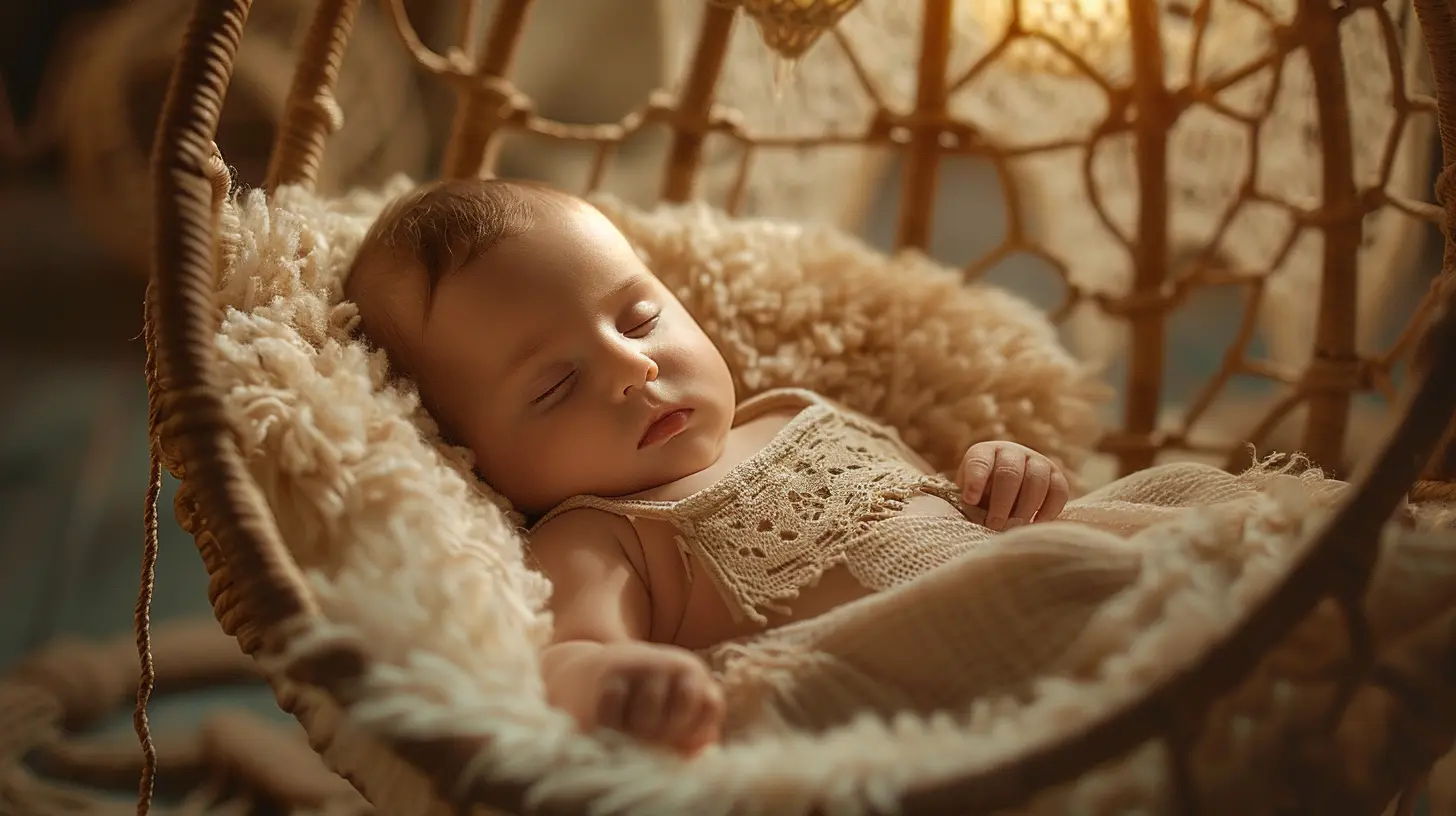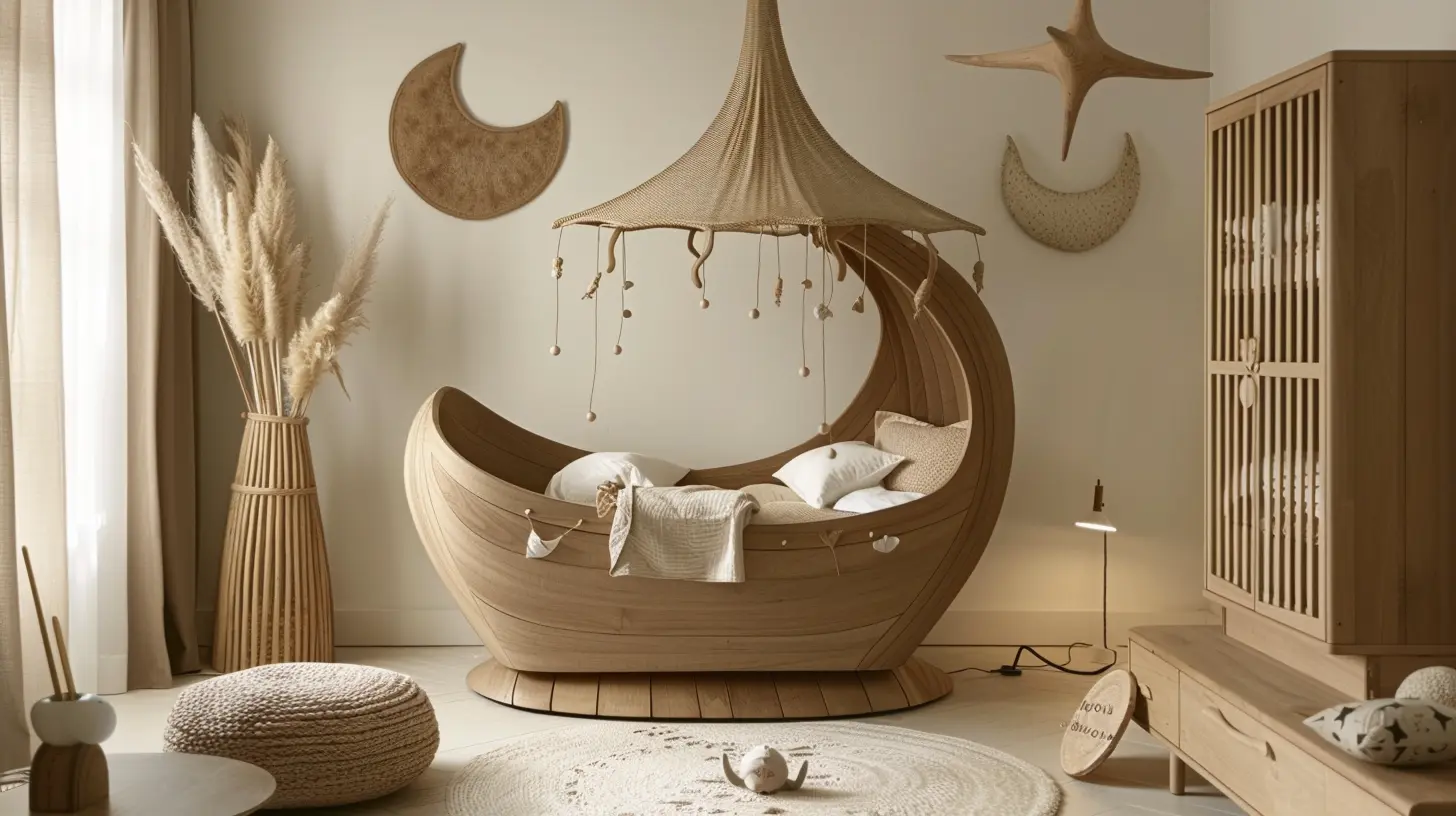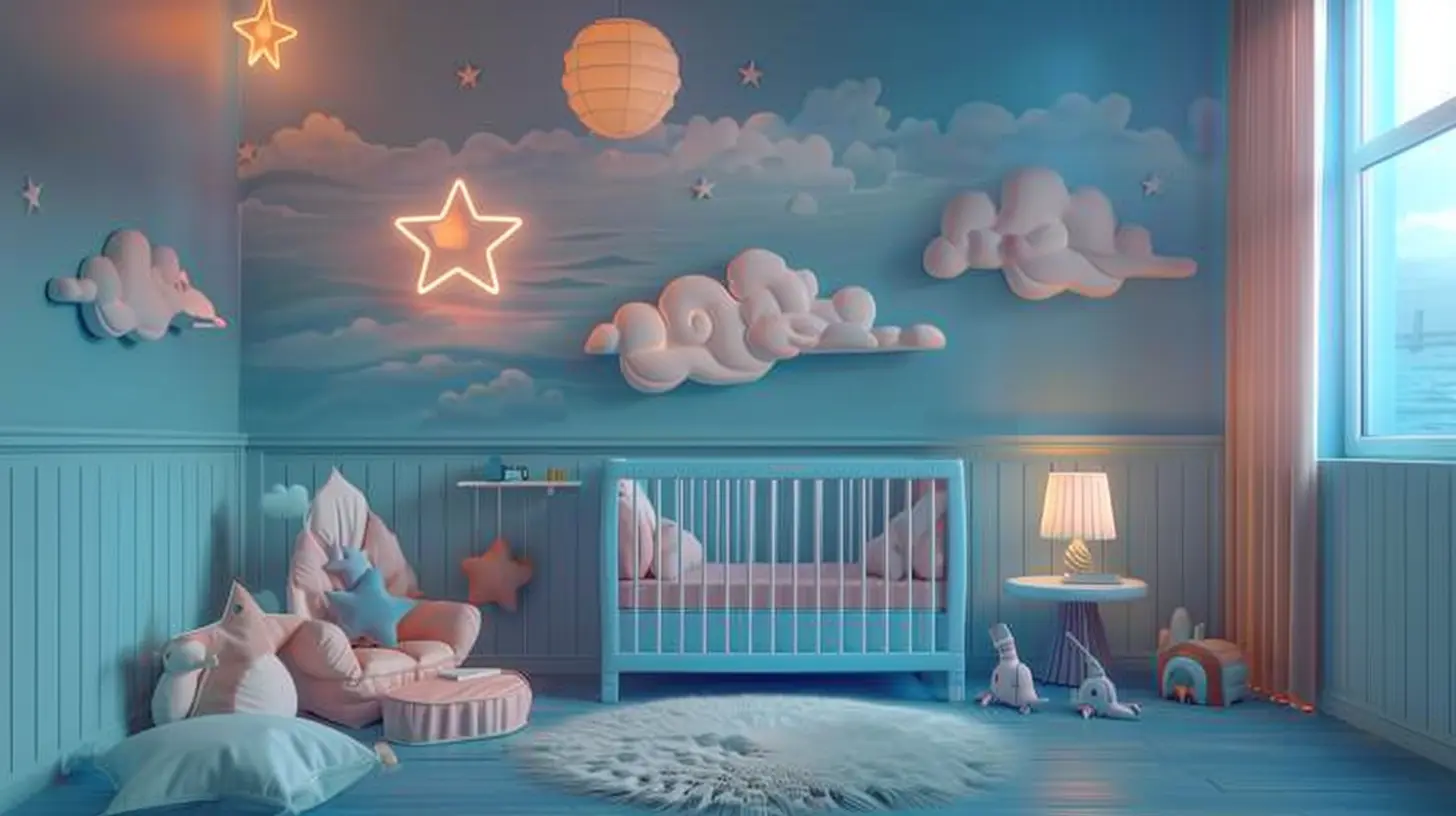Creating the Perfect Sleep Environment for Your Little One
13 July 2025
Let’s be honest—getting your little one to sleep well at night can feel like trying to bake a souffle in a windstorm. One wrong move and the whole thing collapses. But here’s the good news: creating the perfect sleep environment doesn’t have to be complicated or stressful. In fact, with the right tweaks and a sprinkle of patience, you can set your child up for the kind of restorative, dreamy sleep that makes them (and you!) much happier.
If you’re tired of sleepless nights, endless rocking, or tiptoeing like a ninja to avoid waking the baby, this guide is for you. We're diving deep into every aspect that makes a difference when it comes to your child’s sleep space.
Why Sleep Environment Matters More Than You Think
Think of your baby’s sleep setup like the foundation of a house. If it’s shaky, nothing built on top of it will feel stable. Sure, sleep routines and feeding schedules help, but the environment plays a leading role in how well your little one dozes off and stays asleep.Babies (and toddlers) are incredibly sensitive to their surroundings—light, temperature, noise, and even smells can either soothe them into sweet slumber or keep them tossing and turning.
1. Start with the Basics: A Safe Sleep Space
Okay, let’s get real for a sec. Safety first, always. No amount of dreamy vibes or Pinterest-worthy nursery decor is worth compromising your baby’s well-being.So what's essential for a safe sleep space?
- A firm mattress: Soft surfaces increase the risk of suffocation. Always opt for a firm, flat mattress that fits snugly in the crib or bassinet.
- Fitted sheet only: Skip the pillows, blankets, bumpers, and stuffed animals. Yes, even the cute elephant plushie.
- Crib or bassinet that meets safety standards: Make sure it aligns with current guidelines for spacing between slats and overall construction.
Not sure if your setup’s safe? The American Academy of Pediatrics (AAP) has plenty of helpful, straightforward tips.
2. Dial in That Room Temperature
Ever notice how you sleep better when it’s not too hot or cold? Babies are the same way. Keeping the nursery at a comfortable temperature can be a game-changer.Ideal temperature? Anywhere between 68–72°F (20–22°C).
A room thermometer is a small investment with big rewards. Overheating can make babies restless and increase health risks, while a chilly room can have them waking you up at 3 AM for warmth.
Pro tip: Dress your baby in breathable layers and skip heavy blankets. A wearable sleep sack is like a cozy, safe hug all night long.
3. Light It Right: The Magic of Darkness
Our bodies are wired to respond to light. It tells us when to wake up and when to wind down. Babies may not know what day or night is (yet), but the sleep environment can help teach them.- During the day: Let in natural light to help set your baby’s internal clock.
- At night: Keep the room dark—really dark. Blackout curtains are your secret weapon here.
If you need a light for late-night feedings or diaper changes, go with a low-wattage nightlight in a warm tone. Blue or white light can actually wake them up more.
4. Sound Matters: Quiet Isn't Always Best
Shh... here's a little secret. Total silence? Not always ideal.Babies spent nine months surrounded by the comforting whoosh of a heartbeat, gurgling organs, and the sound of your voice. No wonder they aren’t exactly fans of pure, pin-drop silence.
Enter white noise machines. These handy gadgets help mask household noises (like that clanking dish in the sink or your dog’s sudden bark) and replicate the womb-like hum that comforts babies.
Just make sure to:
- Keep the volume under 50 decibels
- Place the machine a few feet away from the crib
- Use continuous, non-looping sounds (like rainfall or static), not lullabies or tunes
5. Scents and Special Touches
While you don’t want to overwhelm your baby’s senses, a light, calming scent can do wonders. Some parents swear by lavender (carefully diluted and away from baby’s reach, of course). Others find a familiar scent—like a parent’s worn t-shirt close by (safely out of reach)—has a soothing effect.Bonus tip: Keep the bedtime routine consistent. A short cuddle, a story, a song—it helps your baby associate these rituals with winding down.
6. Choose the Right Sleepwear
Let's talk fashion—baby style. What your baby wears to bed plays a big role in how comfy they feel.Here’s what to look for:
- Natural fibers like cotton or bamboo: Breathable and soft.
- Snug but not tight: Loose clothing can ride up and become uncomfortable, but tight clothing can restrict movement.
- Zippers over snaps: Because who wants to fumble with ten buttons at 2 a.m.?
And remember—your baby probably needs one more layer than you in the same room temp.
7. Keep the Crib Clear and Minimal
We get it. That adorable stuffed bunny looks super sweet nestled in the corner of the crib. But less is more when it comes to safe, effective sleep spaces.Here's why:
- Clutter = distractions
- Extra objects = safety hazards
Stick with just the essentials—mattress, fitted sheet, your baby.
8. Make It Smell Like Home
Yes, you read that right. Babies are deeply connected to scents. Your scent, in particular, is insanely comforting to them.A sleep hack? Try sleeping with your baby’s fitted crib sheet for a couple of nights before you place it in the crib. Your scent will linger, making the crib feel like a part of you.
9. Keep It Consistent: Familiarity Builds Security
Ever notice how your baby sleeps better in their own space? That’s because consistency is comforting.Whenever possible:
- Put your baby to sleep in the same place (crib or bassinet) every night.
- Use the same sounds, lighting, and sleepwear to build a consistent experience.
When you travel or stay somewhere new, try to mimic your home setup as closely as possible. Pack the sound machine, sleep sack, and even crib sheet if you can. It’s like bringing their safe little cocoon with you.
10. Don’t Stress Over Perfection
Look—life happens. Rooms get messy. The dog barks. The baby goes through a four-month sleep regression. And that’s okay.Perfect is the enemy of good when it comes to parenting. What matters most is consistency, safety, and comfort. Follow trusted guidelines, listen to your gut, and adjust as you go. Trust me, babies are more resilient than we give them credit for.
Final Thoughts: Building a Sleep Sanctuary
Creating the perfect sleep environment for your little one isn’t a one-time deal. It grows and changes as they do. But the goal remains the same: helping your baby (and you!) get more restful, uninterrupted sleep.Think of it like planting a garden. With the right soil (safe sleep setup), consistent care (routine and environment), and a little patience, you’re bound to see blooming nights of sweet dreams.
And hey—when your baby is finally sleeping soundly, you just might get a few extra Z’s too. Wouldn’t that be nice?
all images in this post were generated using AI tools
Category:
Baby SleepAuthor:

Kelly Snow
Discussion
rate this article
1 comments
Sylph Strickland
Great tips! I've found that a cozy, dimly lit room and a soft lullaby can work wonders. It's amazing how a little routine can turn bedtime into a sweet adventure!
August 1, 2025 at 3:59 PM

Kelly Snow
Thank you! A cozy atmosphere and soothing sounds really do make bedtime special. I'm glad you found these tips helpful!


